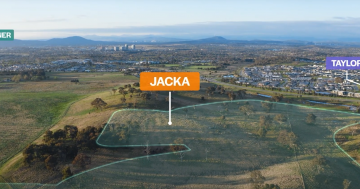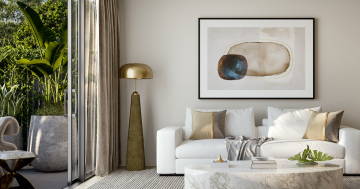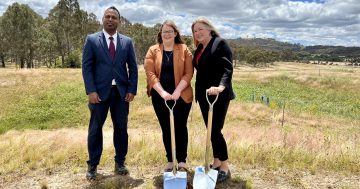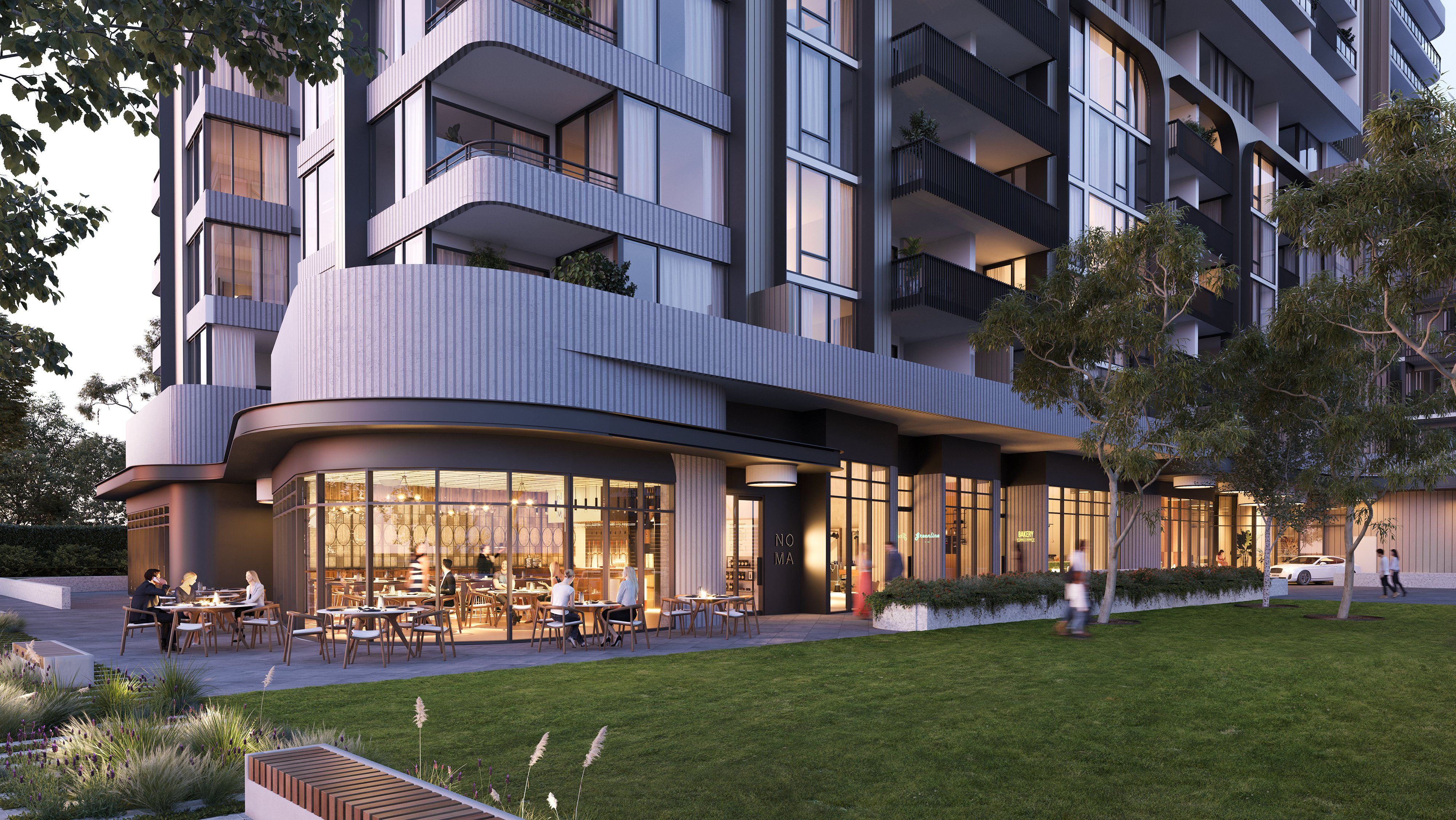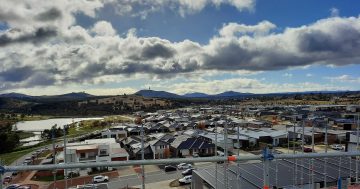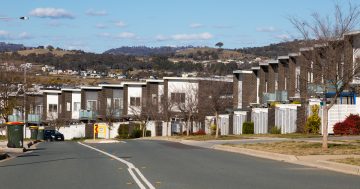First gazetted as a suburb in 2001, development commenced in Jacka in 2013, making it one of the newest suburbs of the growing Gungahlin region. Residents began moving in during 2014, and since then it has rapidly expanded to embrace 670 people in 249 homes, according to the Census of 2016.
Ultimately ,the Jacka Concept Plan, 2008 indicates the suburb will accommodate 1500 residences, once complete.
So, let’s look at the latest available statistics to see how this new addition is shaping up.
Who lives in Jacka
On Census night in 2016, 670 residents officially called Jacka their home, and the population residing here is far younger than the Gungahlin region norm. Residents of Jacka have a median age of just 27 (four years younger than the greater Gungahlin region, and eight years younger than the general population of the ACT).
This youthful statistic can be attributed to the high number of children in the suburb, with 31.1% of residents aged younger than 15. It also reflects the high number of young professionals who call the suburb home, with 6.1% of the population aged between 20 and 24, 14.4% aged between 25 and 29, and 15.8% aged between 30 and 34.
Meanwhile only 1.6% of residents are aged over 65.
Of those 15 and older, 56.9% are married, 35% have never been married, 7.2% were either divorced or separated, and just 0.9% were widowed.
Most residents (76.9%) live in family households, 17.5% live on their own and 5.7% live in share accommodation.
Young families with children comprise the majority of these family households, with 57.8% being couples with children, and they have an average of two children under their roof. A further 23.1% are couples without children, while 17.3% are single parent homes, and 1.7% of the population lives with “other family”.
How Jacka fares financially
As a suburb comprising young families and young professionals, the median weekly income of Jacka sits between the national and Territory norms. Each week, households take home a median income of $1867, compared to $1438 nationwide, $2070 for the Territory, and $2247 in Gungahlin as a whole. Just over 15% have a gross income of $3000 or more each week, compared to a Gungahlin statistic of 31%.
The median monthly mortgage payments and median weekly rent are also lower than the Gungahlin, ACT and national statistics.
The median monthly mortgage is $1733. That’s $20 less than the national figure, over $300 less than the Territory statistic and around $450 less than greater Gungahlin.
Meanwhile, the median rental figure is $325 each week, compared to $335 nationally, $380 for the ACT, and $390 in Gungahlin as a whole.
How Jacka residents live
Chances are, if you live in Jacka, you are paying a mortgage and live in a two or three-bedroom semi-detached home.
Almost three quarters of households (73.7%) own their home with a mortgage, 23.7% rent, and only 2.7% own their own home. This compares to a national statistic where 34.5% pay a mortgage, 31% own their home outright, and 30.9% rent.
In Gungahlin, 49.9% own their home with a mortgage, 31.9% rent, and 16.1% own their home outright.
When it comes to size and style, most (58.2%) of the property stock is semi-detached housing, while 41.8% is separate homes.
Meanwhile, most properties (38.9%) are three bedrooms, 33.2% are two-bedroom abodes, 24.9% feature four bedrooms or more, and 1.3% comprise just one bedroom.
Where Jacka residents come from
Over half (58.7%) of Jacka residents were born in Australia, and there is a distinctly multi-cultural influence. Census 2016 notes 14.3% of residents were born in India, 2.5% are from China, a further 2.5% are from South Africa, 2.4% were born in Sri Lanka 2.4% and 1.8% list their country of birth as South Korea.
Meanwhile, just over half (55.8%) speak only English at home. The most common other languages are: Punjabi (5.7%), Hindi (5.4%), Mandarin (3.2%), Telugu (2.8%) and Gujarati (2.8%).
The final word
Jacka may be a new addition but it’s a rapidly growing suburb of the thriving Gungahlin region that will only increase in the years ahead. With a more affordable lifestyle than the Gungahlin norm, it’s attracting young professionals and families in equal measure.
Even since the Census this population has increased. Ultimately plans indicate it will accommodate up to 1500 dwellings as further land releases come to fruition.





